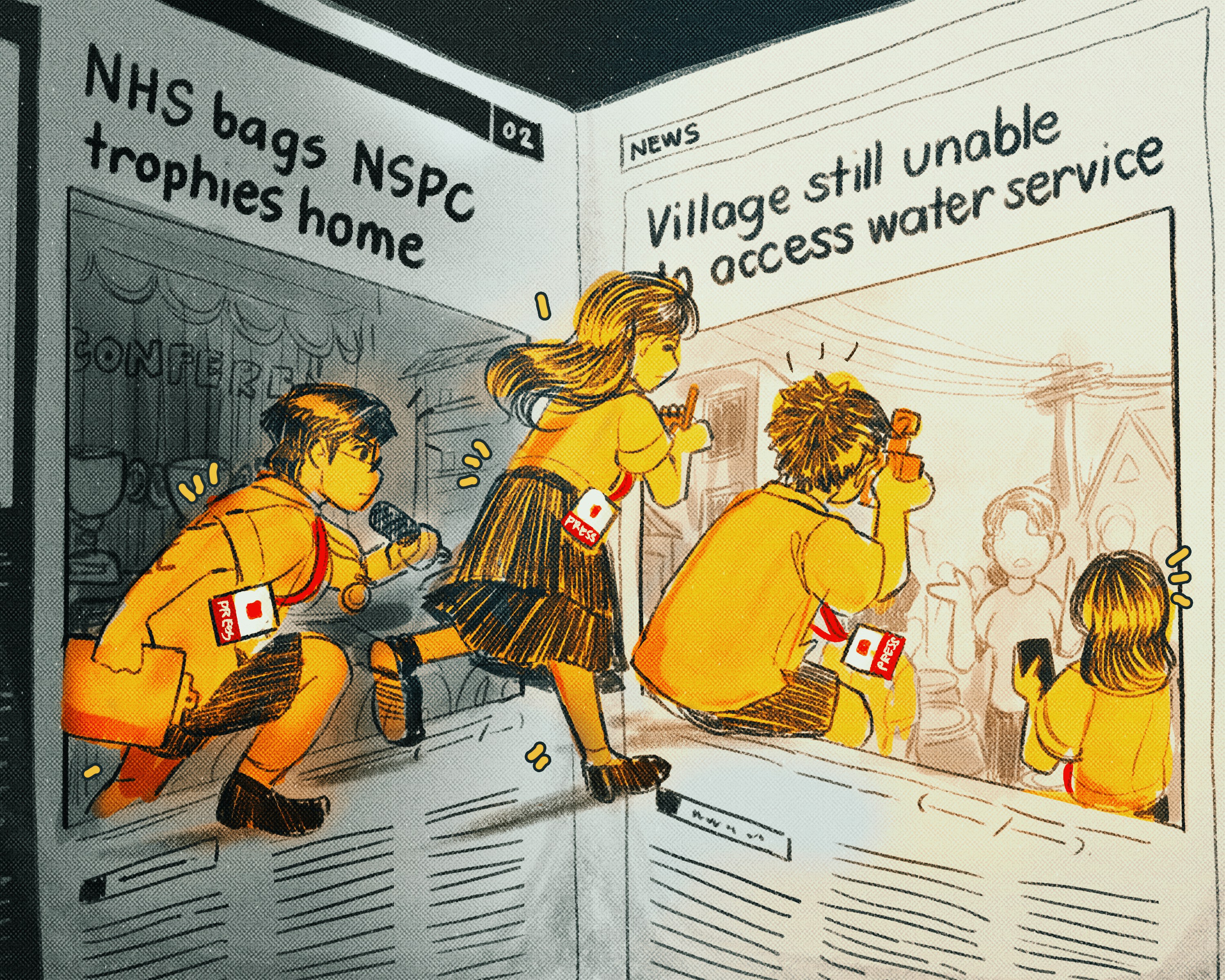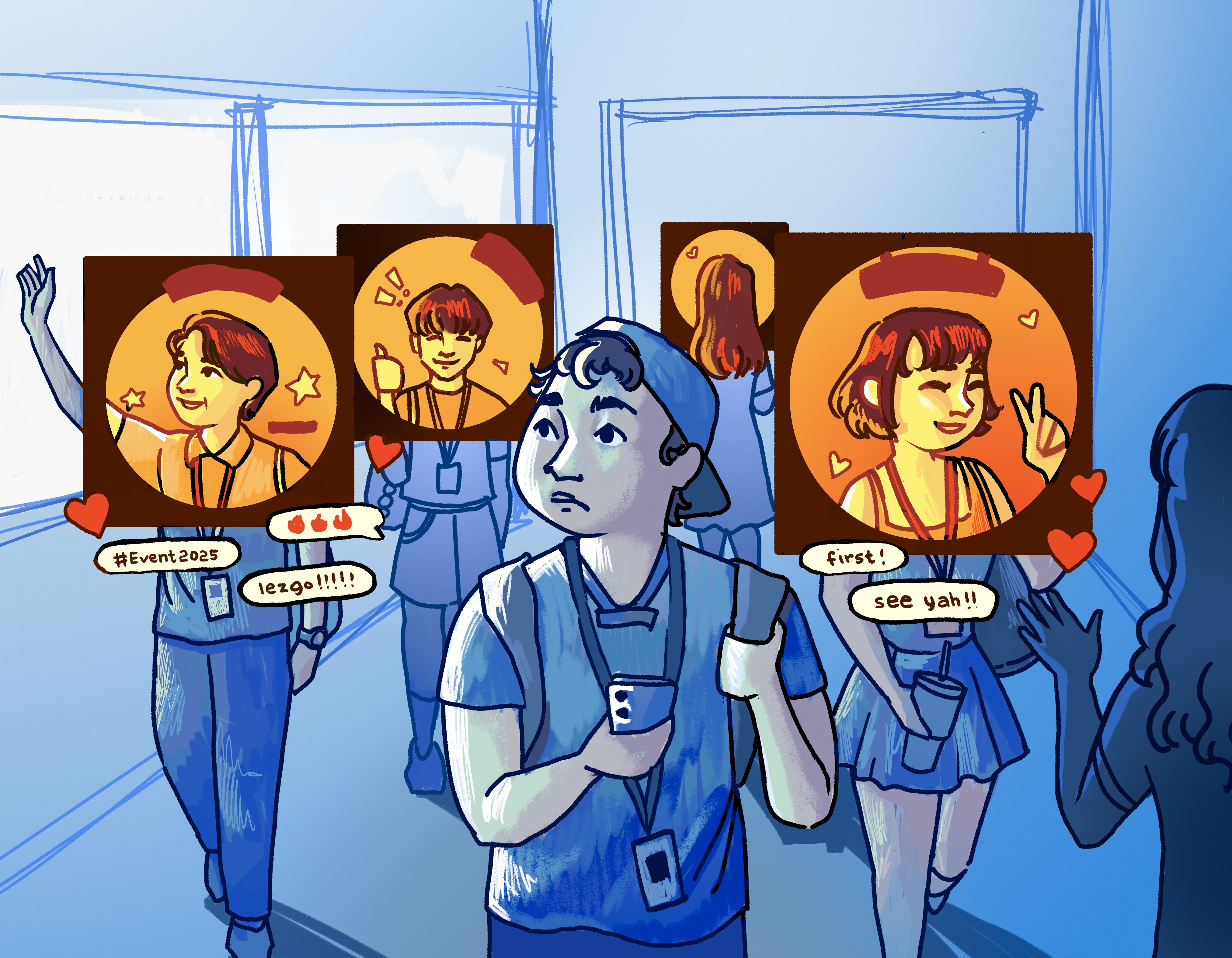It’s a Friday night, and you’re hoping to unwind with something new on your go-to streaming platform—maybe a gritty film about urban crime, or a documentary investigating the grim reality of the drug war. But as you start scrolling, you notice some titles are missing. Then, after clicking on a show, you’re met with an odd sense of déjà vu—a rating screen flashes, accompanied by a familiar tune. This isn’t just a glitch in the algorithm. It may soon be state policy.
On June 2, Senate Bill 2805, also known as the Movie and Television Review and Classification Board (MTRCB) Act, was approved on its third and final reading. The measure expands MTRCB’s regulatory scope to include streaming platforms, marking a significant shift from its traditional role in cinemas and television.
What’s presented as a modernization effort, complete with mandatory parental controls, classification displays, and administrative penalties, also carries with it intensified state control over online content. At a time when digital platforms have become critical avenues for independent voices and marginalized stories, the passage of the bill reopens a longstanding debate: Who gets to decide what we can or can’t watch?
The State’s Parental Guidance
Before the era of online streaming and binge-watching, Filipino audiences' viewing experiences were largely shaped by a single force—the MTRCB. Established during the Marcos dictatorship in 1985 through Presidential Decree 1986, the board was officially tasked with reviewing and classifying film and television content based on their alignment with Filipino cultural values.
Since then, the board, through censorship cases such as “Alipato at Muog” and “Dear Satan,” has functioned not just as a body for content regulation, but as what French philosopher Michel Foucault describes as a form of disciplinary power: a pervasive kind of control that shapes norms, behavior, and discourse by preempting people’s judgment. Under the guise of moral guardianship, creators themselves self-regulate—influencing not just what is shown, but what creators choose to write, film, or explore in the first place.
Today, the media landscape has radically shifted. Instead of theaters and television screens, audiences are increasingly consuming content on their own terms, in digital platforms outside the jurisdiction of the MTRCB. To manage content across diverse markets and age groups, streaming platforms have implemented their own content classification systems. Netflix, Disney+, and Prime Video, for example, include age ratings and specific content warnings (e.g., violence, language, sexual content) for each title, and offer child-specific profiles, PIN locks, and title filters.
Consequently, digital platforms like Netflix and Vivamax have already formalized partnerships with the MTRCB to promote responsible viewership. In 2022, Netflix, through the “Responsableng Panonood” campaign, pledged to raise awareness about its parental controls and align with the board’s content classification goals. Vivamax, with its risqué and adult-oriented catalog, followed suit in 2023, becoming the first Filipino-owned platform to enter such an agreement.
Yet despite these built-in safeguards and initiatives, the Philippine government, through the MTRCB, is seeking a new kind of relevance through online regulation. The newly proposed bill would require paid streaming platforms to submit their full content catalogs and to reclassify titles only as necessary after screening—ostensibly to “address obscenity, immorality, and senseless violence.”
Framed as a protective measure for young audiences and a means to uphold “Filipino standards” of morality, the bill has raised concerns due to its vague criteria and potential to revive outdated censorship under the guise of digital oversight. Critics, including Sen. Risa Hontiveros in her dissenting vote, argue that its expanded powers are unnecessary, pointing out that existing laws already provide safeguards against harmful content for children. These include the Anti-Photo and Video Voyeurism Act and the Anti-Online Sexual Abuse or Exploitation of Children Act.
Restrictive Ratings
Although censorship is not formally part of the MTRCB’s mandate, the board has long been associated with moral policing—from limiting film screenings, suspending a noontime show over indecent behavior, to flagging teleseryes that allegedly violate family values.
Digital spaces have, in turn, become vital sanctuaries for creative freedom against the watchful eye of the MTRCB. Alyx Arumpac’s “Aswang” (2019), a harrowing documentary on Rodrigo Duterte’s war on drugs, underscores this shift. Released at the height of Duterte’s presidency, the film found a broader audience through platforms like Apple TV, Prime Video, and iWonder.
By placing digital platforms under heightened scrutiny, the measure risks constricting one of the few remaining avenues that can sustain politically charged works. In response, institutions like the UP Film Institute and the Directors’ Guild of the Philippines, Inc. have criticized the bill, asserting that streaming platforms already offer mechanisms for content regulation and that audiences are capable of making informed choices. Rather than protect viewers, institutionalizing such control threatens to reduce artistic expression to a checklist of moral acceptability.
Far from being passive recipients, Filipino audiences have a growing role in shaping media culture, especially in the digital era. As media scholar Henry Jenkins notes in his concept of participatory culture, audiences today actively shape meaning, build communities, and influence the visibility and circulation of content through social media discourse, fan practices, and grassroots advocacy. This was seen globally in the #MeToo movement, which used social media to push for accountability in the entertainment industry. While here in the Philippines, movements like Eyes on Set pushed for better industry conditions.
Beyond Screens
Far from promoting critical media literacy, the bill’s framework isn’t simply about regulating content—it’s about regulating thought. As the Directors’ Guild warns, the bill turns the state into a “parens patriae,” a moral parent for a nation it doesn’t trust to decide on its own. However, in any democracy, values like taste and morality don’t trickle down from authority—they emerge through dialogue, shaped in homes, classrooms, communities, and art itself.
A free digital media landscape is essential to a functioning democracy—yet recent actions show how this space is increasingly under siege. The government’s blocking of alternative news sites like Bulatlat and Pinoy Weekly, under vague accusations of terrorist affiliation, reveals a disturbing pattern of media repression. The proposed bill is not an isolated attempt at regulation—by extending moral gatekeeping to streaming platforms, the state is laying claim to yet another frontier of public discourse.
If the state truly seeks to strengthen Filipino values, it shouldn’t do so through moral policing—it should invest in cultural labor. Groups like the Filipino Screenwriters’ Guild have long called for structural support: livable wages, creative freedom, and recognition of storytelling as both labor and art. The passage of the Eddie Garcia Law or Republic Act 11996 is a step forward, but legal protection must go hand-in-hand with industry revitalization, especially in the digital sphere.
Institutions like the Film Development Council of the Philippines (FDCP) have shown what’s possible with initiatives such as online festivals and JuanFlix, a streaming platform that showcases independent and regional films. What’s needed now is deeper state investment in digital infrastructures, by building sustainable platforms where their stories can thrive.
Regulatory and monitoring bodies today should adapt to evolving technologies and prioritize local storytellers and labor rights through empowerment, not censorship. Censorship risks setting a dangerous precedent that stifles creativity and undermines democratic dialogue. We don’t need the state to parent us; we need the freedom to navigate complexity, contradiction, and culture with full agency, no matter the platform. Otherwise, while our screens stay lit, the stories they show will only grow dimmer. ●
First published in the June 10, 2025 print edition of the Collegian.






